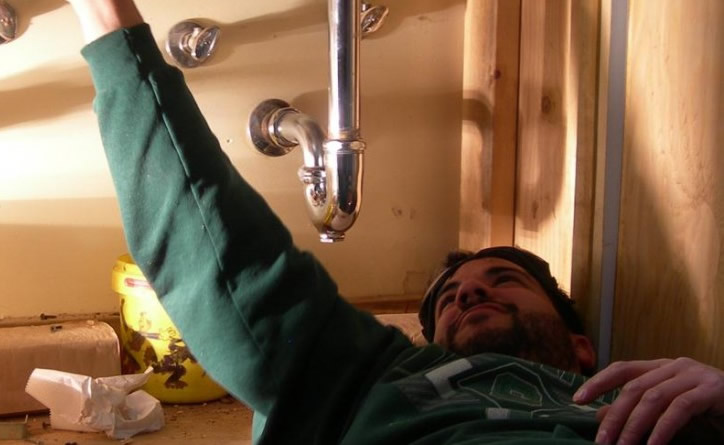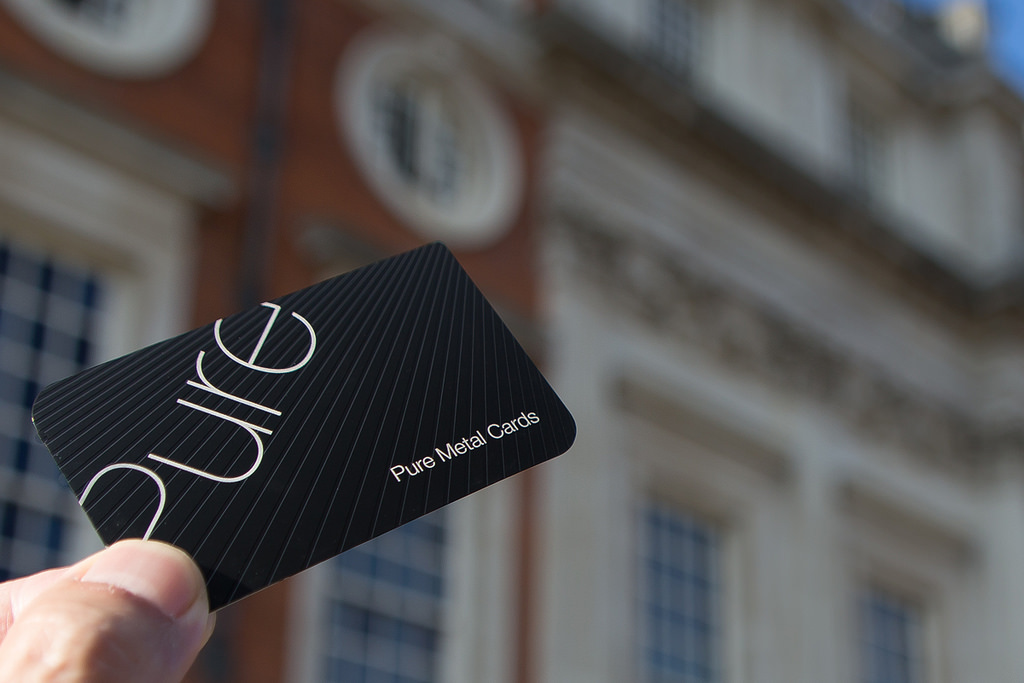Fleas are tiny, dark brown, creepy-crawlies which feed on animals by sucking their blood. They move around on the surface of the skin, dodging between hairs and are difficult to see, let alone remove. They might live on your cat or dog for about a month. One indication your pets have fleas is they tend to scratch themselves.
These pests spend almost their entire adult life on board your pets.the life cycle of fleas is separated into 4 stages: adults, eggs, larvae and pupae. The adults are conveyed indoor by cats or dogs. Once an insect takes a ride on a host, it instantly begins sustaining on its blood, amassing in ranges hard to reach and scratch like the neck and behind the shoulder bones. No sooner have the insects devoured blood, than they discharge eggs in groups of 20, so when a pet strolls indoor from its errands it normally drops the eggs anyplace it strolls, rests or dozes.
The eggs will then incubate 2 days to 2 weeks after relying upon humidity levels, then the recently discharged larvae will discover support on natural material like dead skin cells, hair and grown-up bug defecation. They cover up in dull spots such as the edges of avoiding sheets or under informal lodging. In the long run, the larvae turn a case around themselves such as caterpillars do before transforming into a butterfly.
The pupae later become adult-activated via carbon monoxide or vibrations, clear indications of the vicinity of another host on which to nourish. They might make due in this limbo such as state for couple of months if vital until the conditions are ideal for them to bring forth. The invaded house has flea population of half eggs, 35% larvae, 10% pupae and only 5% adults.Anyone wanting to avoid a flea invasion and related problems, below are tips on flea control and how to get rid of them.
Visit the vet
A good first step is a visit with the vet. They can recommend such things as anti-flea powders or shampoos, flea combs, plus prescribe oral medications.
Give the house a thorough clean
While your pet is being treated for fleas, you want to clean the house to make it flea-free. For sure you want to vacuum the carpet really well and wash your pet’s bedding to remove any flea eggs or larvae. The beater brush attachment works well for this and it can help the pesticides to penetrate into the carpet pile. After vacuuming, take the vacuum outside and throw away the bag because fleas can still escape.
Use flea bombs
This cool invention releases pesticide inside your house. All you do is place it in the middle of the room, get out and it will go off on its own unattended. The only drawback of a flea bomb is the contents can linger on your furniture.
Clean even more
For an effective flea management, you need to treat the lawn and patio too. Or if you allow them to get up on the couch, you might want to vacuum and clean that thoroughly as well. In other words, clean wherever you may spend any amount of time.
Once eradicated, you need to keep your pets and home flea free. Worst case you can always hire your local pest control company to do the job for you.
Sourced from: Doyourownpestcontrol
Photo by Takashi Hososhima / CC by




